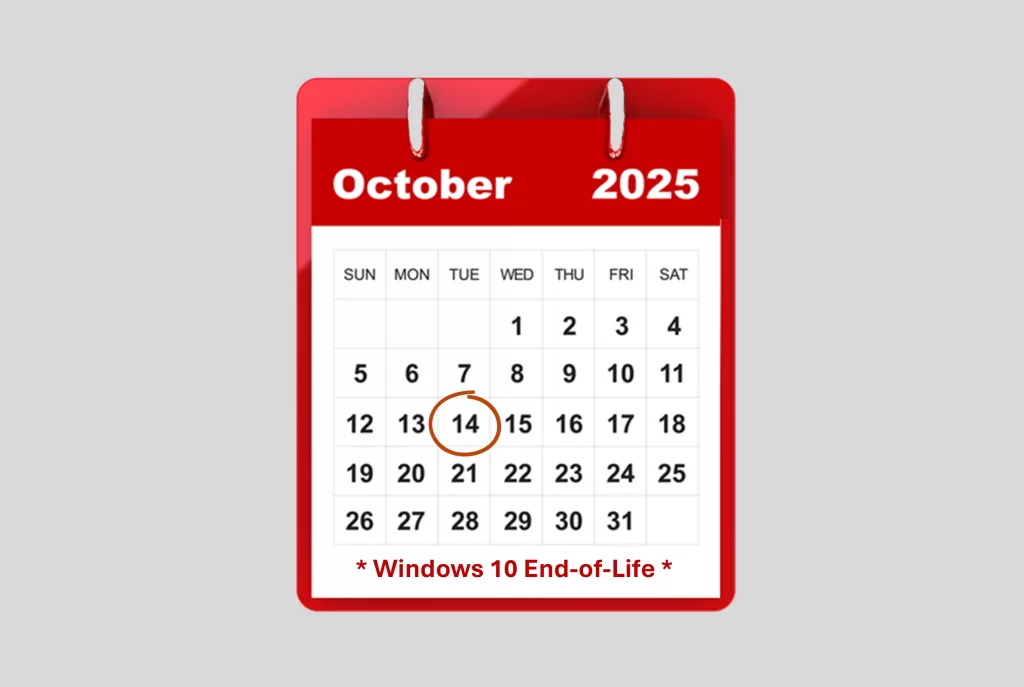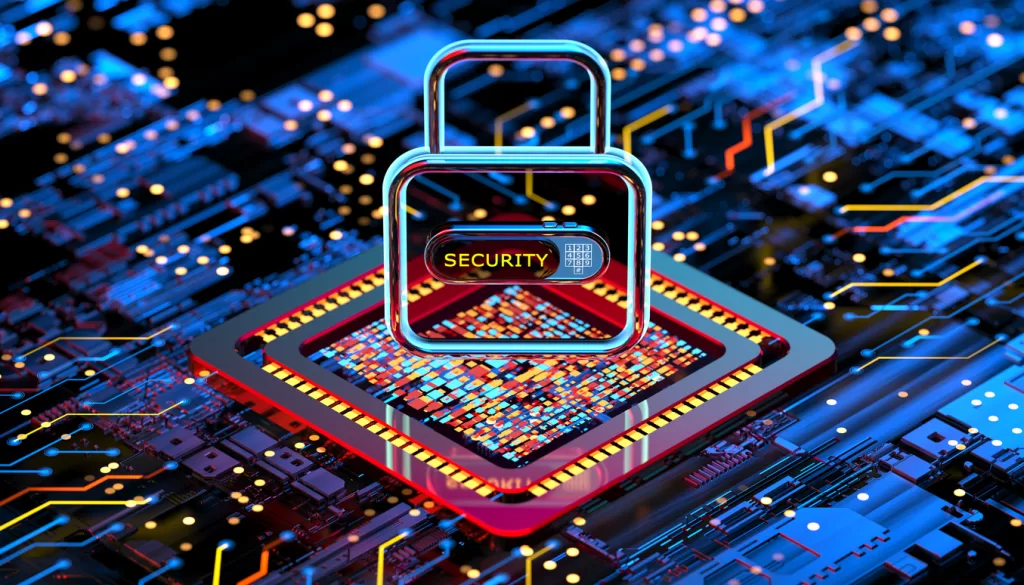A big shift is underway in IT departments worldwide: the enterprise PC refresh cycle is back—and picking up speed. But this isn’t just about swapping out old hardware. It’s about getting ready for a new era of work powered by AI, tighter security, and better performance.
Multiple forces are coming together to drive what could be the largest global PC upgrade wave in over a decade. Some analysts estimate over 1.7 billion devices may need replacement in the next few years. That’s a staggering number, and it’s reshaping how organizations think about their hardware strategies.
At ServicePoint, we’re seeing the impact firsthand. Here are three major reasons why 2025 is shaping up to be a milestone year for enterprise PC upgrades—and what it could mean for your business.
1. AI-Ready Hardware Is Becoming the New Standard
One of the biggest drivers? A massive leap in device capability—especially around AI. OEMs are rolling out AI-native PCs with built-in Neural Processing Units (NPUs). These chips are designed to handle workloads like real-time transcription, AI copilots, and running models directly on the device.
NVIDIA’s new Blackwell GB200 and GB10 Superchips highlight this shift. Built for local AI execution, they allow users to work faster and more securely—without depending on cloud access for every task.
This new generation of AI-enabled devices is changing what businesses expect from a “standard” laptop in 2025.
Michael Dell recently summed it up: the next wave of PCs will be AI-native. Think real-time language translation, advanced on-device processing, and smarter productivity with AI copilots. These features require more processing power than most pre-2022 devices can deliver.
“You can’t fully take advantage of generative AI and AI copilots with 5-year-old machines,” Dell said in a recent CNBC interview.
Enterprises are catching on. To stay competitive, they need to give teams tools that enhance productivity—not slow it down. That means adopting hardware built for today’s demands, not yesterday’s.
Bottom line: the refresh isn’t about keeping up. It’s about enabling smarter, faster work with machines that can actually handle it.

2. Windows 10 End-of-Life Sets a Firm Deadline
Microsoft will officially end support for Windows 10 on October 14, 2025. After that, systems running the OS won’t receive security updates—creating potential risks around cybersecurity and compliance.
Sure, some older machines can technically run Windows 11. But many don’t meet the stricter hardware requirements. So, for IT leaders, this deadline isn’t just a software update. It’s time to evaluate every device and make tough decisions about what to upgrade or retire.
Key Compatibility Checks for Windows 11:
- TPM 2.0: Required for Windows 11. Machines made before 2018 may not support it—or may need BIOS updates to enable it.
- Processor Requirements: Only Intel 8th Gen or newer, and AMD Ryzen 2000 series or newer, are officially supported.
- RAM & Storage: The OS requires a minimum of 4GB RAM and 64GB storage—but most real-world use cases demand much more.
- UEFI & Secure Boot: These are mandatory for Windows 11’s enhanced security. Older BIOS systems won’t qualify.
This is a turning point. IT teams must weigh the risks of holding onto unsupported systems versus the benefits of modernizing their hardware.

3. Built-In Security: The New Front Line in Cyber Defense
There’s another major reason behind the 2025 refresh surge—and it’s one that often flies under the radar: security. The latest generation of enterprise laptops isn’t just faster and smarter. It’s more secure right out of the box.
New hardware-level security features are transforming endpoint protection. Think biometric authentication baked directly into the chipset, hardware-enforced memory encryption, and advanced firmware protections that detect tampering before the OS even boots. These aren’t just “nice-to-haves.” They’re quickly becoming essential in a world where cyber threats are growing more sophisticated by the day.
One standout example is Microsoft’s Pluton security processor, now being integrated into many new Windows 11 devices. Pluton helps protect credentials, encryption keys, and other sensitive data from being accessed—even if a hacker gains physical access to the device. Combined with TPM 2.0 and Secure Boot, it provides a multilayered defense that older devices simply can’t match.
Intel’s latest vPro platform is also upping the game with threat detection technology and remote recovery tools. That’s a big deal for IT teams managing fleets of remote or hybrid workers—they can now isolate threats faster and recover compromised devices more easily.
Bottom line: modern security is being built at the silicon level, not just through software. And if your current hardware doesn’t support it, your endpoints are at a disadvantage.
For many enterprises, that’s the tipping point. With compliance requirements tightening and the stakes higher than ever, upgrading to more secure devices isn’t just an option—it’s a necessity.
Ready to Refresh?
Let ServicePoint help you upgrade your infrastructure, empower your teams, and streamline the entire deployment process. With the right hardware in place, your business can unleash new levels of performance and productivity.
Contact Us today to learn more.


